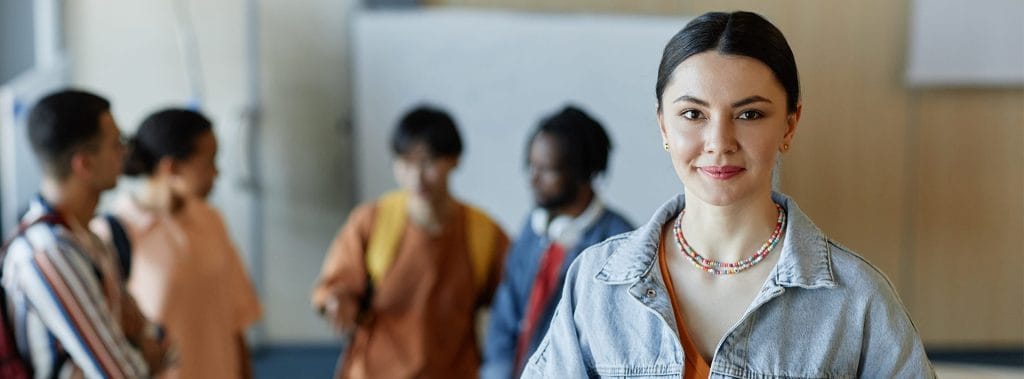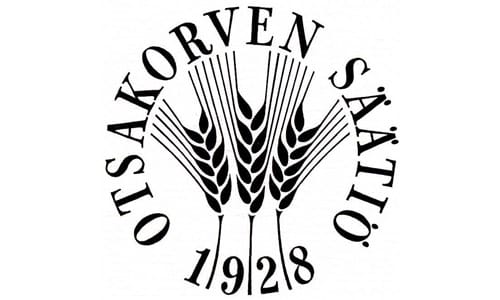
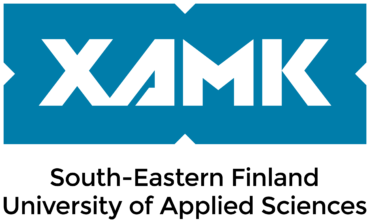
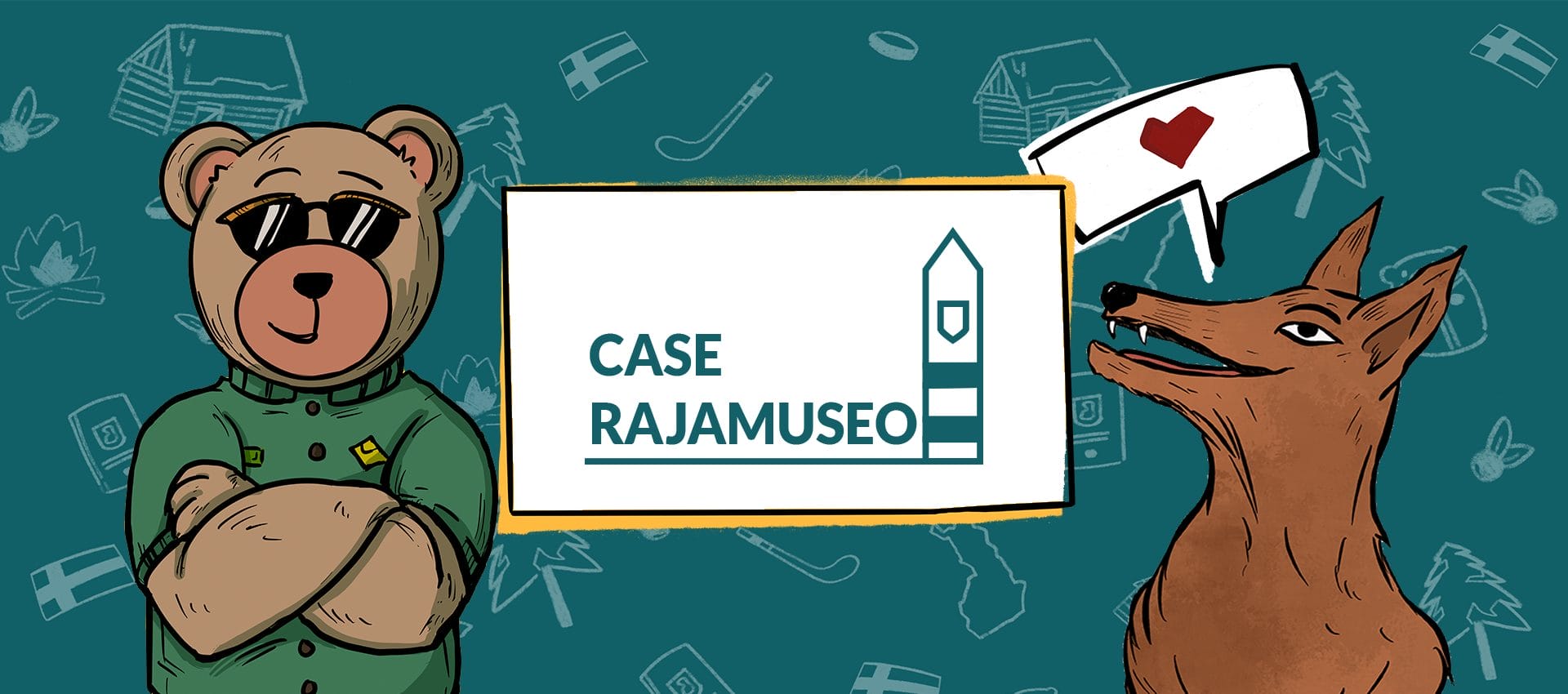
Utility game development and game entrepreneurship in the context of working life
Case Rajamuseo
The cooperation between students, Xamk and Border Museum creates basics for development of gaming business.
The project has been completed.
Project benefits
For students: working life skills, project skills, customer skills, utility game development and game business skills, game entrepreneurship ideas, seeing the opportunities in the area.
For the educational institution: new working life partnership, development of working life skills, working life orientation of the curriculum, employment, joint communication with the partner.
For the business community and the region: better gaming experts for companies, development of the gaming business, development of tourism, development of the business structure, introduction of gaming experts to the region, entrepreneurial opportunities.
For the Border Museum / Border Guard: modern, interesting content, new target groups, increase in awareness of the Border Museum, transfer of military historical awareness to new generations, positive image of the Border Guard -> support for recruitment.
Measures
- Customer-oriented solutions and new target groups – researching learning and museum pedagogical needs through co-development methods.
- Intensive game development periods for students in cooperation with the Border Museum.
- Presentation and testing of the developed utility game demos among different museum professionals, visitors and new target groups in the border area.
- Historical Game Companies Lecture Series.
Objectives
- Development of modern gaming solutions based on working life with the experience industry – Case Rajamuseo.
- Supporting history-themed student-centered game entrepreneurship – with museum pedagogy in mind.
- Promotion of the gaming industry in Kymenlaakso and South Karelia – together with the social partners.

Background
The Border Guard’s Border Museum in Imatra will be completely renovated (including facilities and activities) in June 2022. The Border Museum, like other military history museums, needs to be modernized for new target groups and new generations. These starting points, together with Xamk’s strong game industry, game design and programming, as well as graphic design and data analytics, offer a nationally unique opportunity to learn the useful game development of university students in the context of working life. The cooperation between students, the educational institution and the Border Museum also creates a sustainable basis for entrepreneurship and the development of a new gaming business.
Current
01.02.2022 14:32
World is changing, people are changing and museums are changing. Museums has been evolving in time, from Mouseion of Alexandria which was also connected with the library, through cabinets of curiosities, museums as places of encyclopaedic education like Musaeum Kircherianum, national museums, which were supposed to showcase diversity and glory of different nations. Museums are changing also now, as we are approaching different technologies and types of narration.
People who were born after 1980 often are called digital natives and those who were born before that time called digital immigrants. There are big differences between those two types of people. For digital natives technology is natural, they do not fear it and they like it. They use it for fun, to learn and to socialise. Digital natives can multitask and they learn ad hoc, fast. World for them is like a sand box, they take what they need at particular time. Digital immigrants tend to take world more linear. This has been noticed by museums.
According to ICOM, current definition of the museum states:
A museum is a non-profit, permanent institution in the service of society and its development, open to the public, which acquires, conserves, researches, communicates and exhibits the tangible and intangible heritage of humanity and its environment for the purposes of education, study and enjoyment.
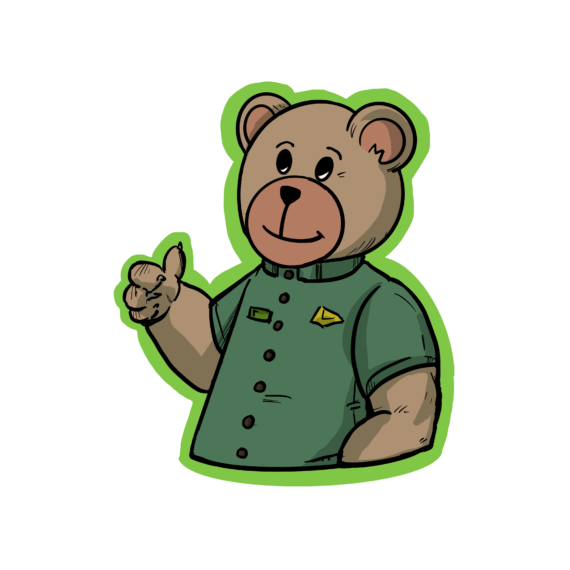
Although this definition started to become outdated in nowadays fast changing reality, where museums become not only physical places with physical artifact it still have few most important values – education, study and enjoyment.
Museums more often think about games and gamification (very loosely translated as teaching technique which is using gaming experiences to motivate and engage users to learn something) and use of technologies to enhance museum exhibitions.
Well designed games at museum exhibition can create more immersive and very educative environment for visitors. Adding digital layer to the exhibition can attract young people, change their opinion about museums and create inclusiveness. As more and more digital natives are approaching museums, museums should change accordingly.
Unfortunately digital solutions are still expensive and some museums have very little knowledge about creating digital layer for their exhibitions. We strongly hope and believe that more and more even small museums will be able to create cooperation with universities and other educational institutions to create more engaging content for young visitors.
Usefull links:
https://researchportal.helsinki.fi/en/publications/museum-studies-bridging-theory-and-practice
https://exarc.net/issue-2019-4/aoam/low-tech-and-high-tech-approaches-aoam

Hyötypelikehitys ja peliyrittäjyys työelämäyhteydessä: Case Rajamuseo
Info
Budget
Contact info
Project manager
Justyna Neuvonen
+358505924054
Justyna.Neuvonen@xamk.fi
Interns:
Designer
Kathy Hauer
Programmer
Samuli Nukala
Designer, Programmer
Rostislav Goncharov
Designer
Emma Seppälä
Former inters:
Designer
An Dang
Designer, Programmer
Gustavo Moreira Kares



